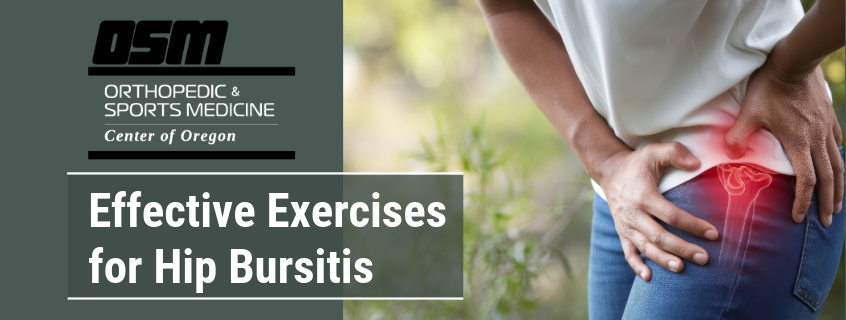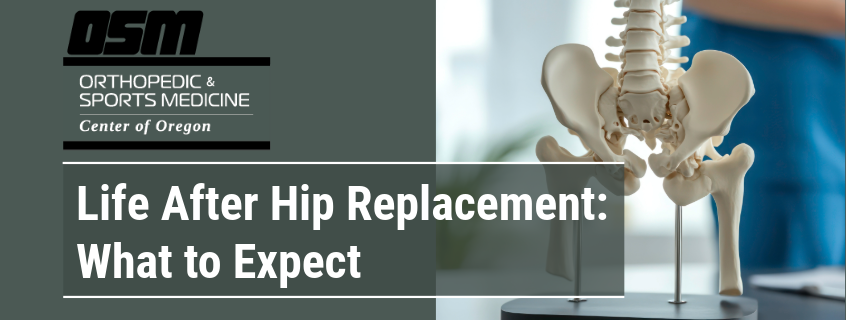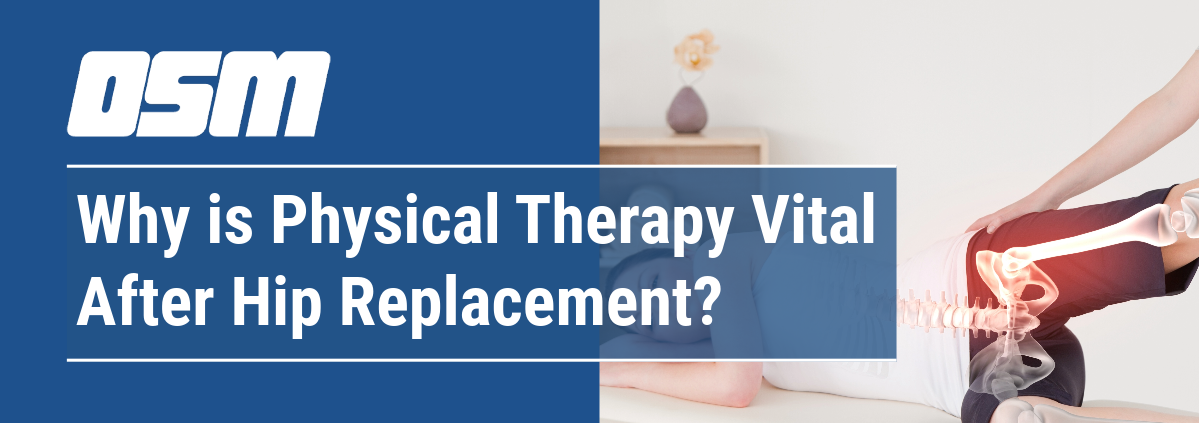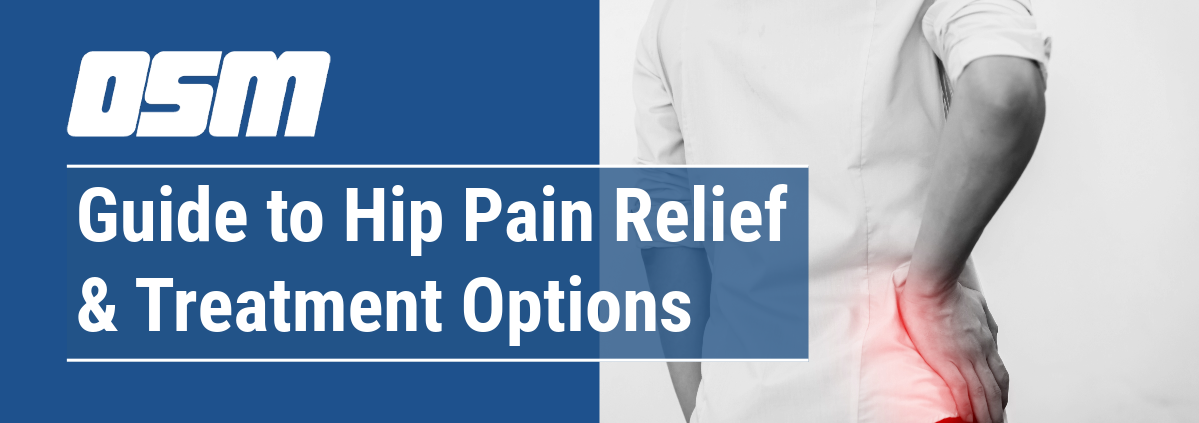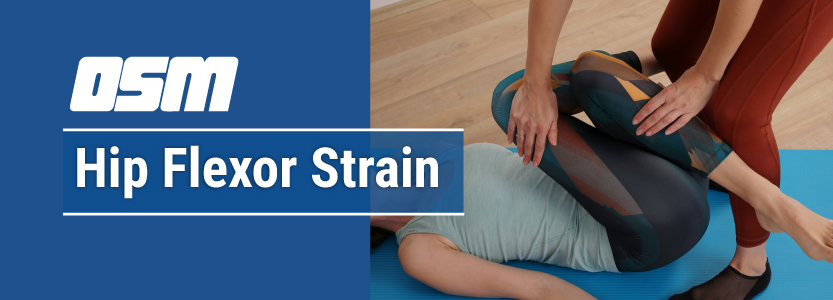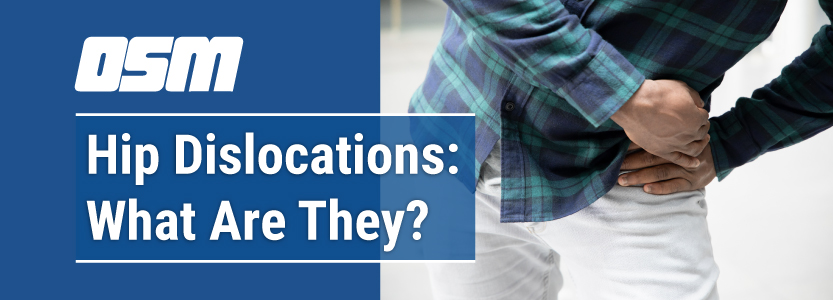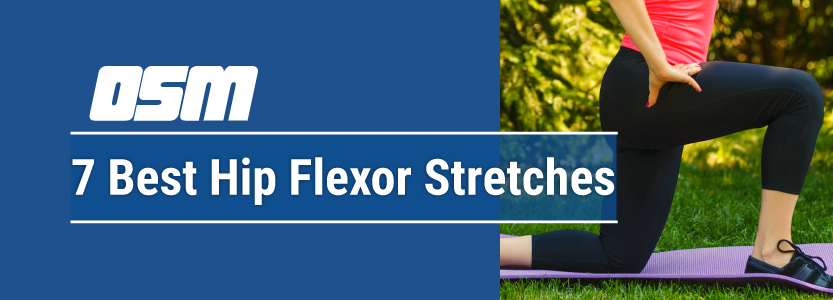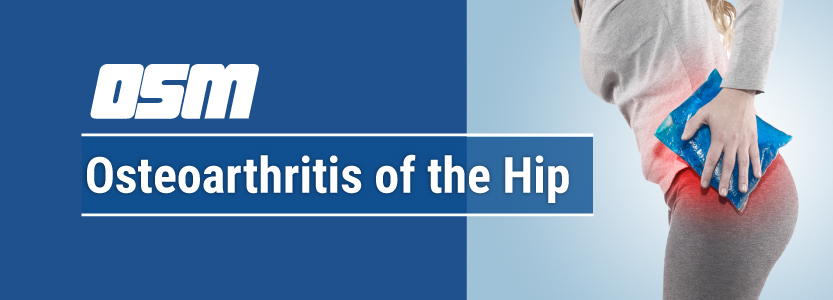Effective Exercises for Hip Bursitis
Article featured on The Center for Bone & Joint Surgery of Palm Beaches
Hip bursitis (also known as Trochanteric bursitis) is a condition in which a fluid-filled sac (bursa) near the outer part of the hip becomes inflamed. This inflammation can cause pain, stiffness, and difficulty walking, climbing stairs, or even lying on your side. If you’ve experienced persistent outer-hip ache or discomfort with movement, hip bursitis might be the underlying cause.
That is why exercises for hip bursitis are often recommended as a key part of treatment and recovery — done correctly, they can relieve pain, improve mobility, and strengthen the muscles that support the hip joint.
In this article, we’ll walk you through safe and effective routines, highlight common mistakes, and also point out hip bursitis exercises to avoid — so you can approach recovery intelligently and reduce the chance of flare-ups.
Why Strength and Stretch Matter in Trochanteric Bursitis
Inflammation from trochanteric bursitis often stems from imbalance or tightness in the muscles surrounding the hip, such as the glutes, iliotibial (IT) band, hip flexors, and outer-hip stabilizers. Weakness or poor flexibility can cause abnormal stresses on the bursa, leading to irritation.
Therefore, adopting trochanteric bursitis stretching and strengthening routines helps by:
- Improving flexibility around the hip and outer thigh (reducing friction on the bursa)
- Stabilizing the hip joint and pelvis via stronger gluteal and hip-abductor muscles
- Preventing compensatory movement patterns that can re-irritate the bursa
However — and this is key — not all movement is helpful. Some activities may worsen hip bursitis pain rather than relieve it. That’s why knowing which hip bursitis exercises to avoid is as important as knowing what to do.
Recommended Exercises for Hip Bursitis
Here are a set of exercises and stretches that are widely recommended for trochanteric bursitis relief and recovery. Always perform them gently, without bouncing, and avoid pushing into sharp pain. Warm up briefly (e.g. 5–10 minutes walking) before starting, and consult your physician or physical therapist if unsure.
1. Side-lying Clamshell
- Lie on your side, with the affected hip on top; knees bent, feet together.
- Keep your hips stacked (don’t let your hip roll backward), lift the top knee upward — like a clam opening — while keeping feet touching.
- Pause for a few seconds, then slowly lower.
- Do 10–15 reps, 2–3 sets per side.
This clamshell exercise strengthens the gluteus medius, a key muscle for lateral hip stability, reducing stress on the bursa.
2. Bridges (Glute Bridge)
- Lie on your back, knees bent, feet flat on the floor about hip-width apart.
- Tighten your core and glute muscles, then lift your hips up until your body forms a straight line from shoulders to knees.
- Hold briefly (e.g. 3–5 seconds), then lower slowly.
- Repeat 10–15 times, 2–3 sets.
Bridges activate and strengthen glutes and hip stabilizers, which can help offload pressure from the inflamed bursa.
3. Standing Hip Abduction (Side Leg Raise)
- Stand upright, holding onto a chair or wall for balance.
- Keep standing leg slightly bent; slowly lift the other leg sideways (not backward), just enough to feel your outer hip engage — don’t lift too high.
- Pause, then lower slowly.
Perform 10–15 reps per side, 2–3 sets. This helps strengthen the hip abductor muscles, improving pelvic stability.
4. Piriformis / Glute Stretch (Hip Rotator Stretch)
- Lie on your back with both legs straight.
- Bend the affected leg at the knee, bring it across the body, and gently pull the knee toward the opposite shoulder with your hands.
- Hold for 20–30 seconds (or up to 30 s), then release.
This stretch relieves tightness in the hip rotators and gluteal muscles — often contributors to outer hip pain in bursitis.
5. IT Band / Outer Hip Stretch (Standing IT Band Stretch)
- Stand upright near a wall. Cross the affected leg behind the other.
- Lean your upper body away from the wall, pushing your hip outward — you should feel a stretch along the outer hip/thigh and IT band.
- Hold 20–30 seconds, then switch sides.
This helps ease tightness in structures that may compress or irritate the bursa.
6. Gentle Hamstring / Back-of-Thigh Stretch (Doorway or Lying Hamstring Stretch)
- Lie on your back, one leg bent, the other leg straight — loop a towel under the foot of the straight leg.
- Gently pull the towel toward you so the leg lifts, stretching the back of the thigh.
- Hold 15–30 seconds, repeat 2–4 times per leg.
This stretch reduces compensatory tightness that sometimes develops when hips are painful, helping restore balanced mobility.
What to Avoid — Hip Bursitis Exercises to Avoid
Even as you work on rehab, some movements can exacerbate bursitis and slow recovery. Avoid the following until your hip is pain-free and a professional recommends them:
- High-impact activities: running, jumping, or plyometrics — these place repetitive stress on the hip bursa.
- Deep squats or lunges (especially heavy or weighted), which significantly compress the hip structures.
- Heavy leg presses or weighted hip-abduction exercises early in rehab (before hip stability improves).
- Prolonged cycling with high seat resistance, or activities that aggravate the outer hip consistently.
Pushing through pain, or returning too early to intense activity, can worsen inflammation, delay healing, or lead to chronic hip problems.
Designing a Safe Hip Bursitis Rehab Routine
Here’s a simple sample routine you might follow (assuming no severe pain and clearance by a therapist). Frequency and intensity should be guided by pain response and healing progress:
Days 1–7 (Initial phase — gentle stretching + light activation):
- Warm up: 5–10 min brisk walking or light stationary cycling (low resistance)
- Piriformis / Glute Stretch — 2 × 30 s each side
- Standing IT Band Stretch — 2 × 30 s each side
- Gentle hamstring stretch (lying) — 2 × 30 s each side
- Bridges — 2 sets of 10 reps
- Standing Hip Abduction — 2 sets of 10 reps per side
Days 8–21 (Gradual strengthening + stabilization):
- Continue warm up
- Side-lying clamshell — 2–3 sets of 10–15 reps per side
- Bridges — 3 sets of 10–15 reps
- Standing Hip Abduction — 3 sets of 10–15 reps per side
- Gentle stretching (as above) to maintain flexibility
Maintenance / Long-term:
- Do 3–4 times per week for strengthening (bridges, clamshells, abduction)
- Daily or as needed — stretching (piriformis, IT band, hamstring) to avoid tightness
- Avoid activities that exacerbate symptoms; build up gradually for higher-impact or load-bearing routines
Also — cool down properly after exercise (gentle walking, stretching) and consider using ice after workouts if the outer hip feels sore / inflamed. Many protocols recommend icing the trochanteric region for 5–10 minutes post-exercise.
When to See a Professional
While many people with hip bursitis benefit greatly from well-structured exercise and stretching programs, you should consult a qualified healthcare professional or physiotherapist when:
- Pain remains severe even at rest or during mild movements.
- Pain worsens with basic daily activities such as sitting, climbing stairs, or lying on your side.
- You notice weakness, imbalance, or instability around your hip or pelvis.
- You suspect structural damage (e.g. tendon involvement, bursitis recurring frequently).
A trained therapist can assess your gait, posture, hip alignment, muscle strength & flexibility, and customize a rehab program — sometimes including manual therapy, modified exercises, and gradual return to activity. Research suggests that consistent physical therapy and home exercise for trochanteric bursitis improves symptoms in 3–6 weeks for many patients.
Final Thoughts
If you’re dealing with hip bursitis, it can feel frustrating — but the good news is that with patience, consistency, and the right approach, you can manage symptoms and often return to comfortable movement and activity.
Focusing on safe, targeted exercises for hip bursitis like clamshells, bridges, and gentle stretches — while avoiding high-impact or aggravating movements — gives your hip the support and flexibility it needs to heal. Pairing that with attention to posture, daily movement habits, and proper warm-up/cool-down can make a real difference.
Overall, a balanced program of stretching (especially trochanteric bursitis stretching), strengthening, and mindful avoidance of harmful movements is usually your best bet.
The Orthopedic & Sports Medicine Center of Oregon is an award-winning, board-certified orthopedic group located in downtown Portland Oregon. We utilize both surgical and nonsurgical means to treat musculoskeletal trauma, spine diseases, foot and ankle conditions, sports injuries, degenerative diseases, infections, tumors and congenital disorders.
Our mission is to return our patients back to pain-free mobility and full strength as quickly and painlessly as possible using both surgical and non-surgical orthopedic procedures.
Our expert physicians provide leading-edge, comprehensive care in the diagnosis and treatment of orthopedic conditions, including total joint replacement and sports medicine. We apply the latest state-of-the-art techniques in order to return our patients to their active lifestyle.
If you’re looking for compassionate, expert orthopedic and podiatric surgeons in Portland Oregon, contact OSM today.
Phone:
503-224-8399
Address
17355 Lower Boones Ferry Rd Suite 100A
Lake Oswego, OR 97035
Hours
Monday–Friday
8:00am – 4:30pm

